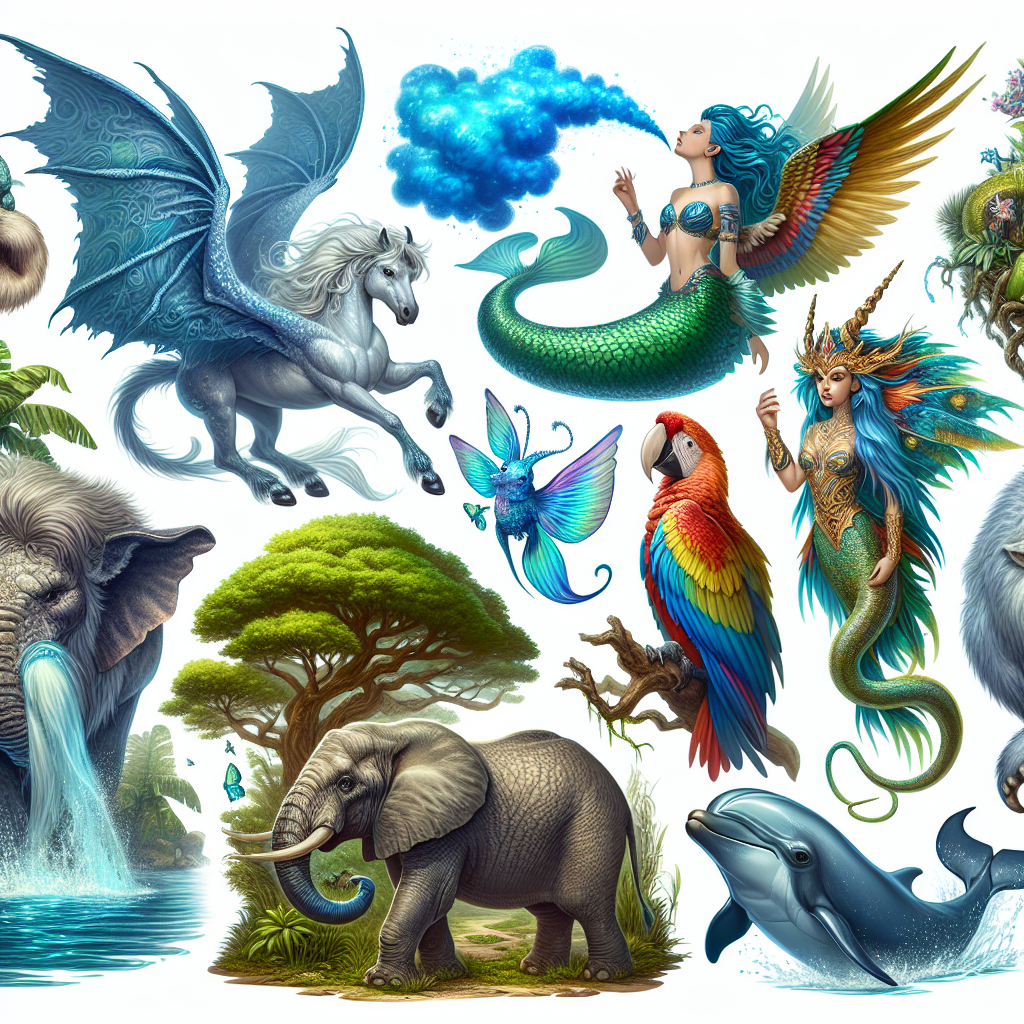Mysteries of the Deep: Chemosynthesis and Vanishing Shores
Recent scientific explorations have unveiled chemosynthesis-based marine life in Pacific trenches, while NASA seeks Russian collaboration on space matters. Concurrently, Chilean scientists raise alarms over coastal erosion threatening multiple beaches. These developments underscore critical intersectional issues spanning marine biology, international space cooperation, and environmental conservation.

In a groundbreaking discovery, scientists have identified vibrant communities of chemical-eating creatures deep in the Pacific Ocean. These unique marine animals rely on chemosynthesis, transforming chemicals into energy, and were found thriving in the Kuril-Kamchatka and Aleutian trenches.
Simultaneously, Acting NASA Administrator Sean Duffy is preparing for a pivotal meeting with Dmitry Bakanov, head of Russia's Roscosmos, to discuss collaborative space exploration efforts. This marks the first high-level dialogue between the agencies since 2018, paving the way for potential cooperation.
Meanwhile, in Chile, environmental scientists warn of significant coastal erosion threatening to eliminate ten beaches within the next ten years. The dire prediction highlights the urgent need for conservation strategies to protect Chile's extensive and vulnerable Pacific coastline.
(With inputs from agencies.)










